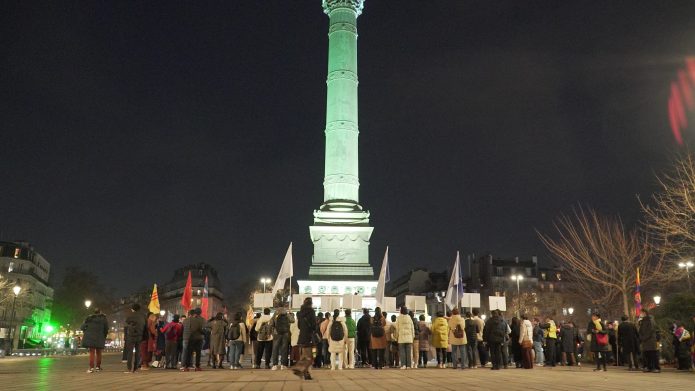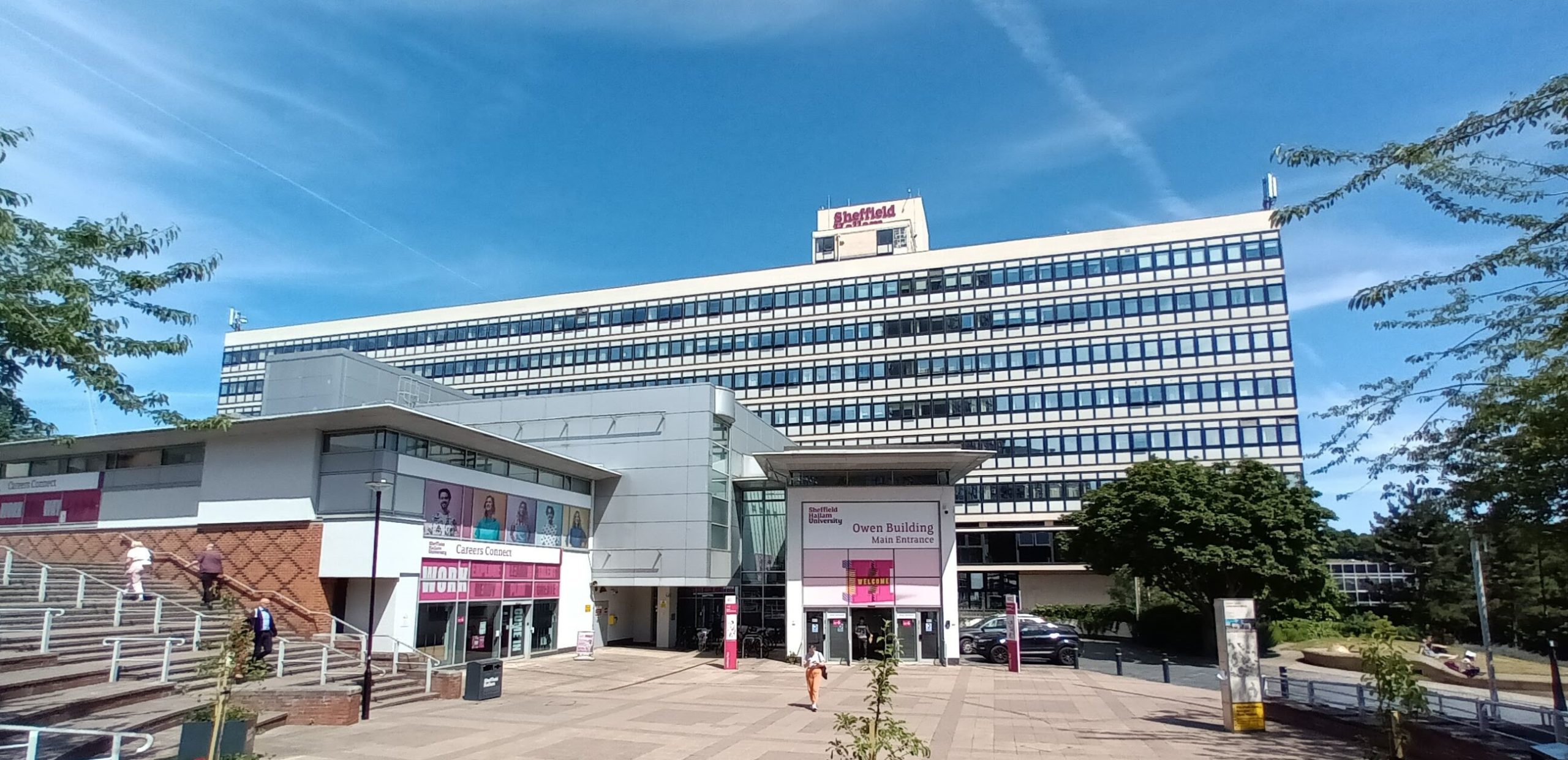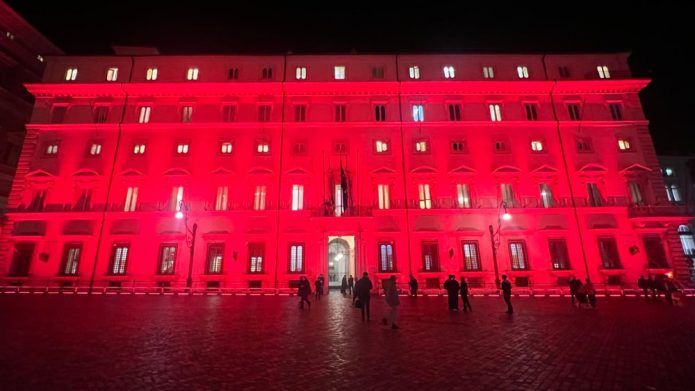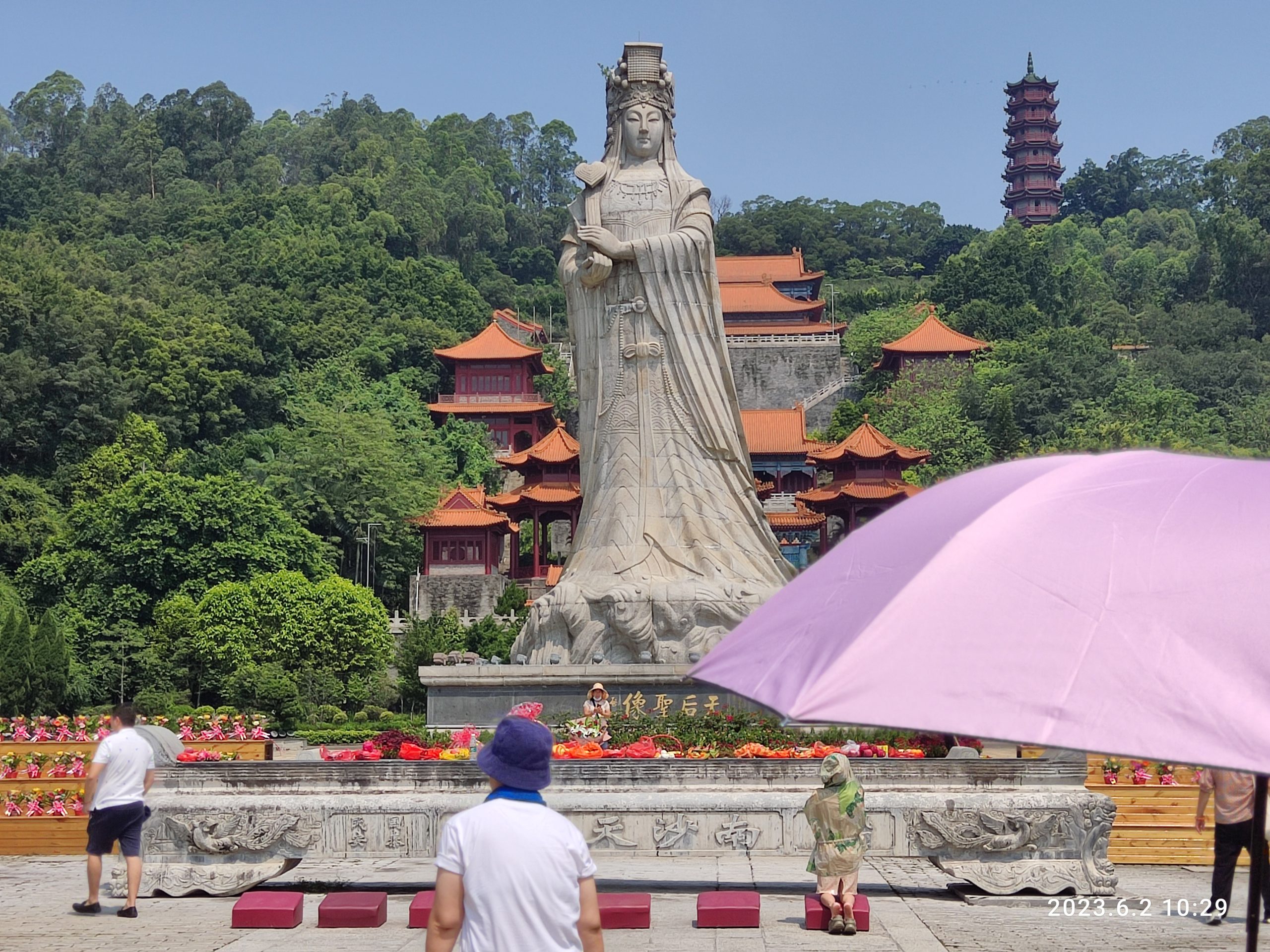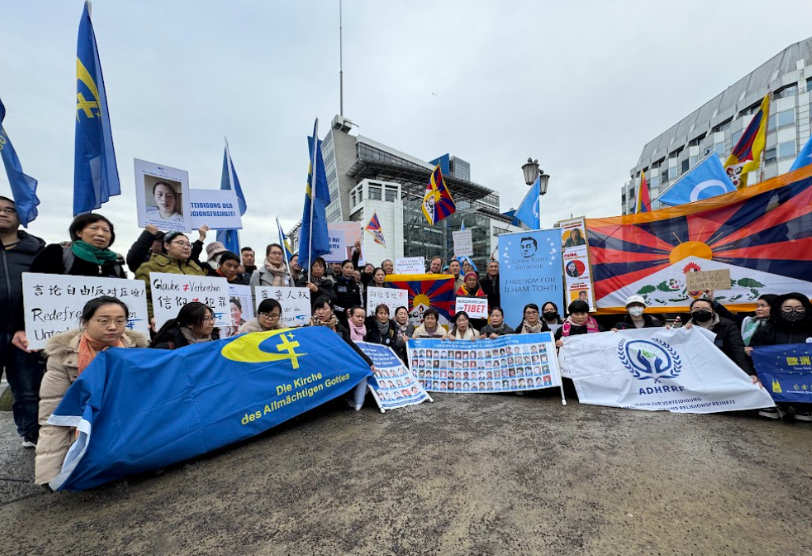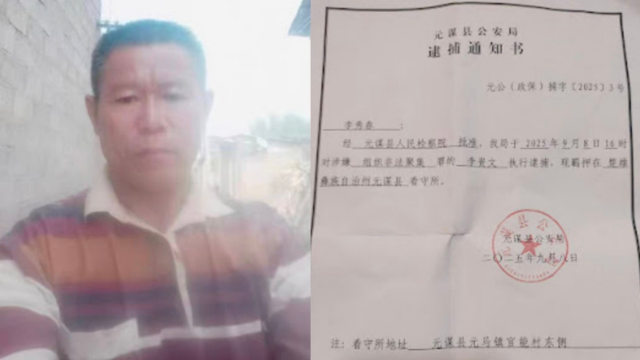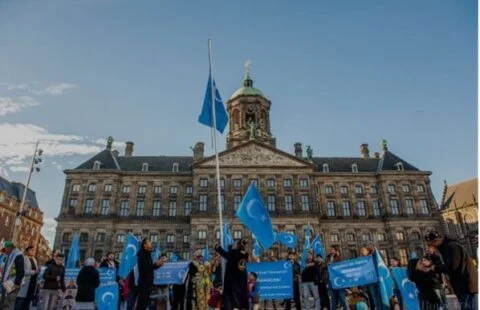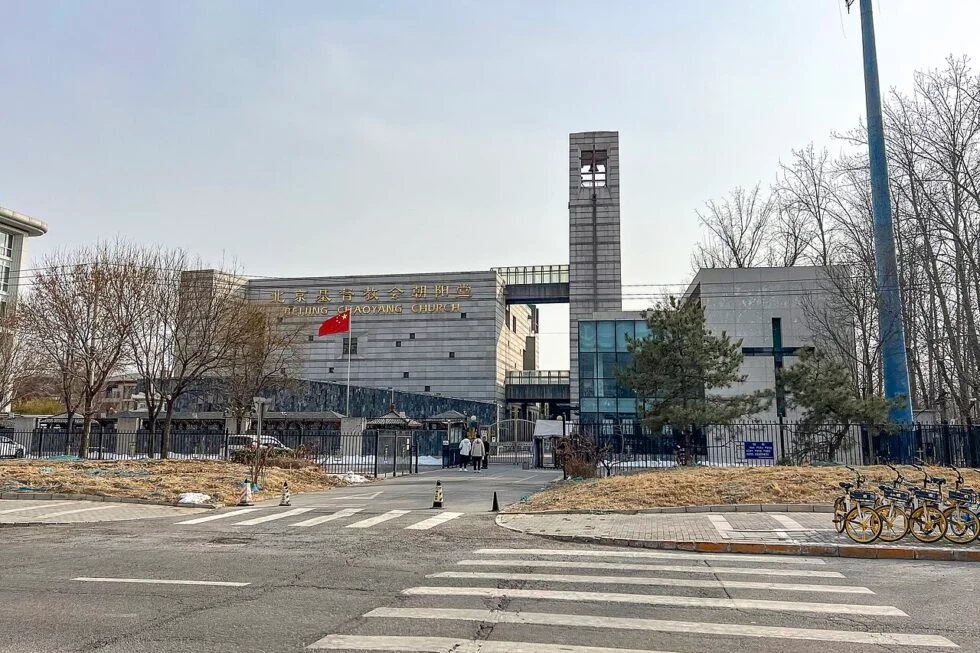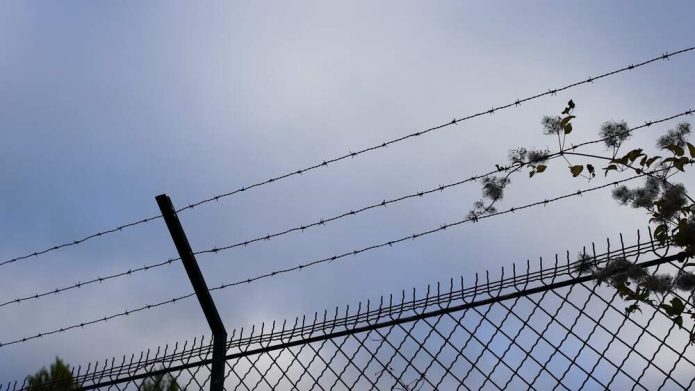Numerous mosques in Gansu Province had their domes and crescent symbols removed, triggering anger among the local Hui Muslim population.
by Li Wensheng
Linxia, the capital of Linxia Hui Autonomous Prefecture in the northwestern province of Gansu, known as China’s “Little Mecca,” is the center of religious life for ethnic Huis. In March, amid the coronavirus outbreak, the local government decided to comprehensively alter mosques in the area to look more traditionally Chinese.
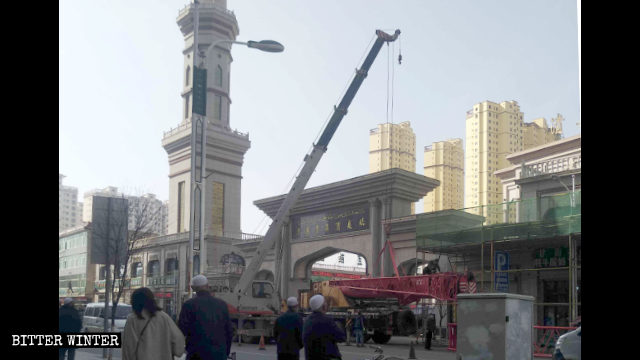
“If you were on the city streets in March, you would have seen many mosques surrounded with scaffolds, people working on them,” a Linxia resident told Bitter Winter. He mentioned the names of some “sinicized” mosques: Nanguan, Laohua, Qianheyan, Tiejia, Baijiazhuang. Alterations on some started already at the end of last year.
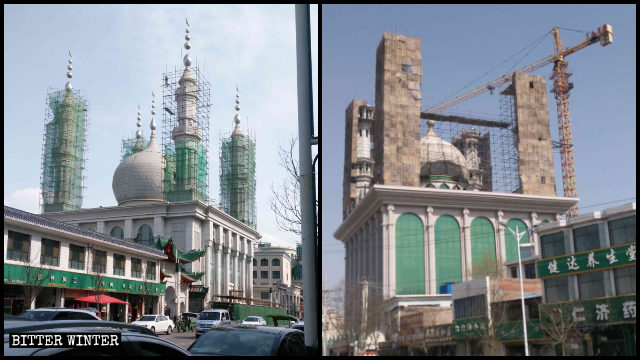
A local government insider revealed to Bitter Winter that the prefecture government is rectifying mosques because President Xi Jinping indicated religious work as a significant task during his visit to Gansu Province last year. Therefore, local officials intensified the mosque “sinicization” drive, afraid to lose their posts. The insider also revealed that the government plans to reduce the number of mosques in the prefecture by at least 400. “If a township has three mosques, they will be merged into one,” he explained. “Domes will be removed from mosques, replaced with Chinese-style structures.”
Pingliang, Lanzhou, and other cities in Gansu are also stepping up efforts to “sinicize” mosques.
In late March, a banner “Rectification construction commencement ceremony” was posted in the Qinlong Mosque in Nantai village, administered by Pingliang’s Kongtong district. The domes and minarets atop the mosque, built in 1946, were surrounded with scaffolds, waiting to be demolished and replaced with structures in line with Chinese characteristics.
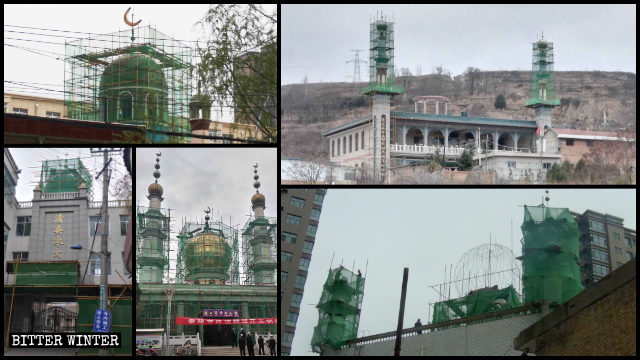
In April, Shuiluo Mosque, the only remaining mosque in Pingliang’s Zhuanglang county, had all its three domes removed.

The same month, numerous mosques were being prepared for rectification in Lanzhou, the capital of Gansu, and some already had their Islamic symbols demolished. Among them were the Haishiwan Mosque, the Gonglin Road Mosque in the city’s Chengguan district, and the Tumendun Mosque in the Qilihe district.
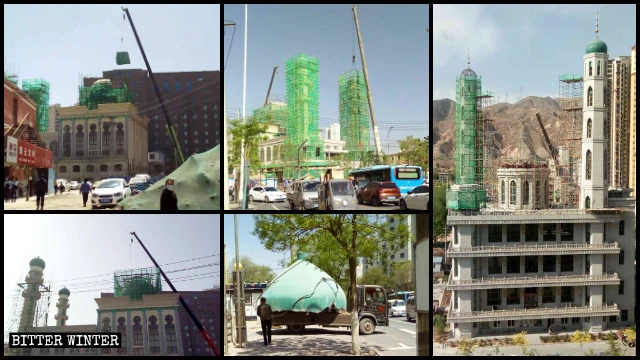
The province-wide mosque rectification crusade has caused resentment among Hui residents. One of them told Bitter Winter that such deeds are “a stain in history that affects national unity.”
A Hui from Lanzhou believes that the government’s actions are illegal. “If it were legal and reasonable, there would be no banners like ‘No photos or videos allowed’ on construction fences in front of entrances to mosques,” he said. “CCP’s rule is autocratic, its power above the law. Xi Jinping does what he wants. Those who oppose these rectifications will be handcuffed and sent to a camp. If the CCP wants to arrest you during the epidemic, they will say you’ve been infected with coronavirus, and no one will know where you are sent to and how you may be put to death.” The man thinks that mosque rectifications are meaningless endeavors. “It’s a sheer waste of manpower and money,” he added. “It can never shake the foundation of our belief, but it has exposed the CCP’s shameful behavior.”
A Hui resident in Pingliang thinks that “Xi Jinping treats Hui people fiercer and harsher than Mao Zedong.” “The government allows us to live only if we abjectly obey it,” he added.
Source: Bitter Winter



